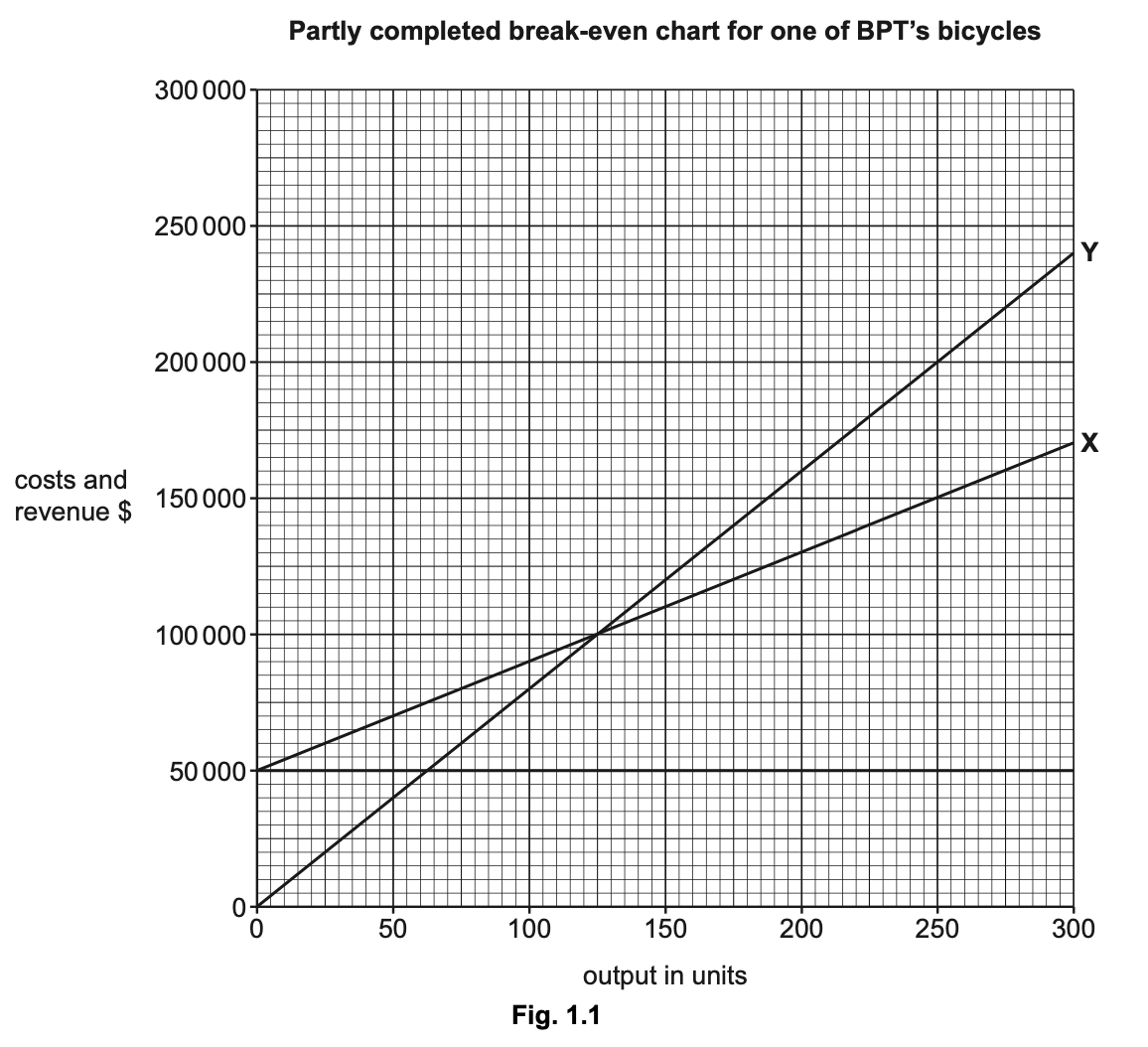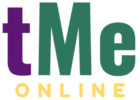CIE IGCSE Topical Past Paper 1
6.3 Business and the international economy
Extract from TJK’s financial data for 2024 $000 | |
Working capital | 900 |
Profit | 400 |
Revenue | 1000 |
(c) Identify four benefits to a business of becoming a multinational company. [4]

(b) Define ‘import tariff’.[2]
(d) Explain two ways a depreciation in country A’s exchange rate might affect BPT.{4}
Way 1:
Explanation:
Way 2:
Explanation:
Table 2.1 Extract from CTF’s output data (children’s beds per month) | |
Break-even output | 14 000 |
Current level of output | 18 000 |
Maximum factory output | 25 000 |
(b) Calculate the margin of safety for CTF’s children’s beds. Show your working. [2]
Extract from IDT’s statement of financial position ($ million) | ||
2022 | 2023 | |
Current assets | 380 | 420 |
Current liabilities | 250 | 280 |
Non-current liabilities | 300 | 400 |
(e) Explain two advantages to a business of being a multinational company. Which advantage do you think is likely to be the most important? Justify your answer. [6]
